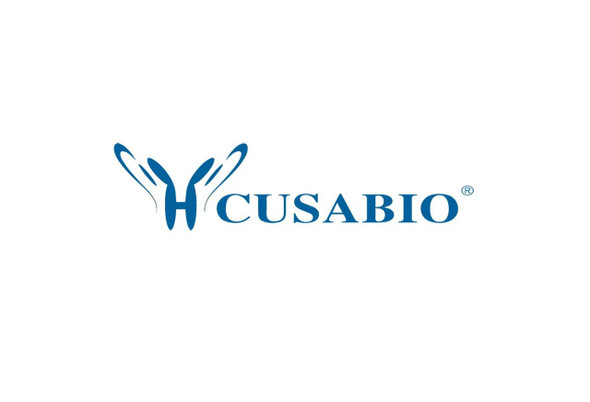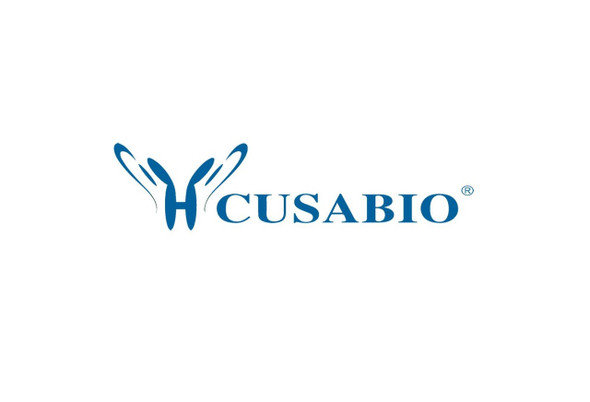Cusabio Active Proteins
Recombinant Human Tumor necrosis factor receptor superfamily member 10C (TNFRSF10C), partial (Active) | CSB-AP004981HU
- SKU:
- CSB-AP004981HU
- Availability:
- 5 to 10 Working Days
Description
Recombinant Human Tumor necrosis factor receptor superfamily member 10C (TNFRSF10C) ,partial (Active) | CSB-AP004981HU | Cusabio
Protein Description: Partial
Alternative Name (s) : Tumor Necrosis Factor Receptor Superfamily Member 10C; Antagonist Decoy Receptor for TRAIL/Apo-2L; Decoy TRAIL Receptor Without Death Domain; Decoy Receptor 1; DcR1; Lymphocyte Inhibitor of TRAIL; TNF-Related Apoptosis-Inducing Ligand Receptor 3; TRAIL Receptor 3; TRAIL-R3; TRAIL Receptor Without an Intracellular Domain; CD263; TNFRSF10C; DCR1; LIT; TRAILR3; TRID
Gene Names: TNFRSF10C
Research Areas: Cancer
Species: Homo sapiens (Human)
Source: Mammalian cell
Tag Info: C-terminal 6xHis-Fc-tagged
Expression Region: 26-221aa
Sequence Info: ATTARQEEVPQQTVAPQQQRHSFKGEECPAGSHRSEHTGACNPCTEGVDYTNASNNEPSCFPCTVCKSDQKHKSSCTMTRDTVCQCKEGTFRNENSPEMCRKCSRCPSGEVQVSNCTSWDDIQCVEEFGANATVETPAAEETMNTSPGTPAPAAEETMNTSPGTPAPAAEETMTTSPGTPAPAAEETMTTSPGTPA
Biological Activity: The ED50 as determined by its ability to inhibit TRAIL-mediated cytotoxicity using L‑929 mouse fibroblast cells treated with TRAIL is typically 450 ng/mL.
MW: 48.7 kDa
Purity: Greater than 95% as determined by SDS-PAGE.
Endotoxin: Less than 1.0 EU/µg as determined by LAL method.
Relevance: Tumor Necrosis Factor Receptor Superfamily Member 10C (TNFRSF10C) is a glycosyl-phosphatidylinositol-linked membrane protein which binds TRAIL with high affinity. TNFRSF10C has the TRAIL-binding extracellular cysteine-rich domains, lacks the intracellular signaling domain. As a result, binding of TRAIL to TRAIL R3 doesn’t transduce an apoptosis signal. The expression of TRAIL R3 gene has been shown to protect cells bearing TRAIL R1 and/or TRAIL R2 from TRAIL-induced apoptosis.
PubMed ID:
Notes: Repeated freezing and thawing is not recommended. Store working aliquots at 4℃ for up to one week.
Function: Receptor for the cytotoxic ligand TRAIL. Lacks a cytoplasmic death domain and hence is not capable of inducing apoptosis. May protect cells against TRAIL mediated apoptosis by competing with TRAIL-R1 and R2 for binding to the ligand.
Involvement in disease:
Subcellular Location: Cell membrane, Lipid-anchor, GPI-anchor
Protein Families:
Tissue Specificity: Higher expression in normal tissues than in tumor cell lines. Highly expressed in peripheral blood lymphocytes, spleen, skeletal muscle, placenta, lung and heart.
Paythway: Apoptosis
Form: Lyophilized powder
Buffer: Lyophilized from a 0.2 μm filtered 20 mM PB, 150 mM NaCl, pH 7.4
Reconstitution: We recommend that this vial be briefly centrifuged prior to opening to bring the contents to the bottom. Please reconstitute protein in deionized sterile water to a concentration of 0.1-1.0 mg/mL.We recommend to add 5-50% of glycerol (final concentration) and aliquot for long-term storage at -20℃/-80℃. Our default final concentration of glycerol is 50%. Customers could use it as reference.
Uniprot ID: O14798
Uniprot Entry Name:
HGNC Database Link: HGNC
UniGene Database Link: UniGene
KEGG Database Link: KEGG
STRING Database Link: STRING
OMIM Database Link: OMIM






